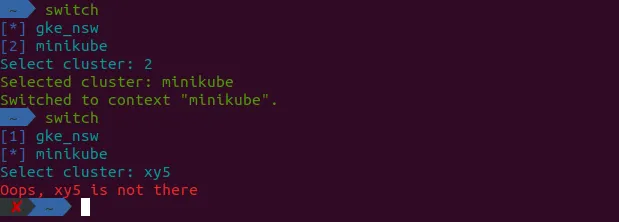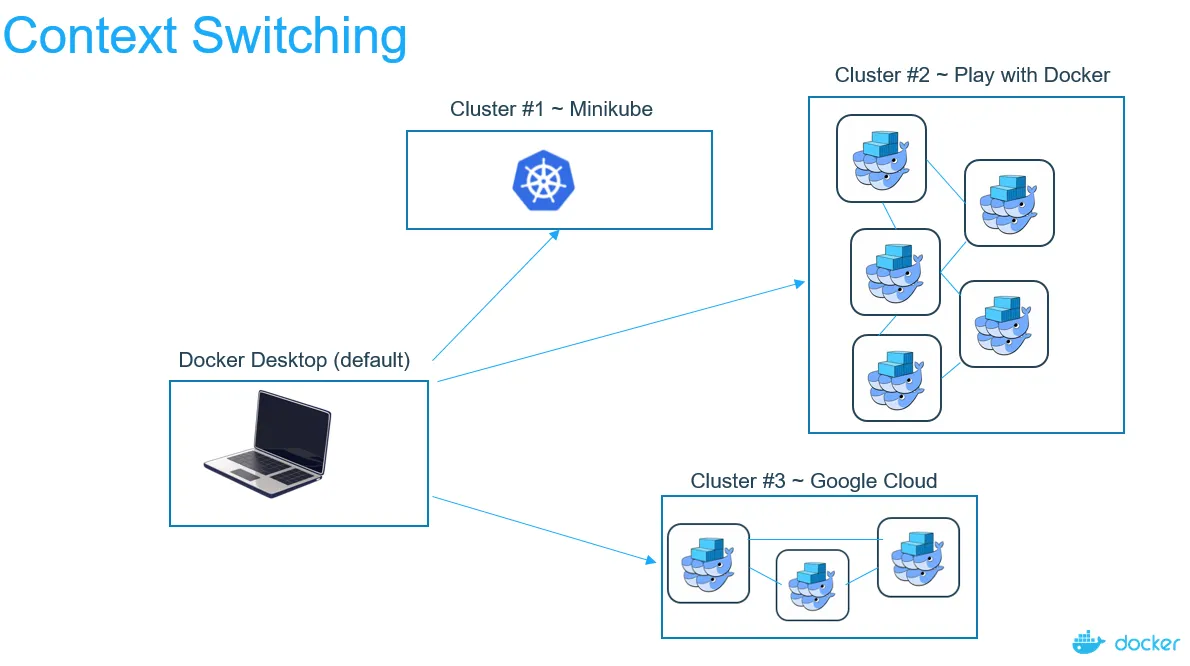我已经在两个不同的环境中成功使用 Kubernetes,一个是本地环境(MacBook 上运行 minikube),另一个是在 Google 的容器引擎上(GCE,即 Google Cloud 上的 Kubernetes)。我使用 MacBook 或本地环境来开发和测试 YAML 文件,完成后尝试在 GCE 上运行。
目前我需要分别在每个环境中工作:我需要在本地环境中编辑 YAML 文件,准备好之后,(git)克隆到 GCE 环境中再进行使用/部署。这是一个有些繁琐的过程。
理想情况下,我希望可以使用 kubectl 从我的 MacBook 轻松切换到本地 minikube 或 GCE Kubernetes 环境,并轻松确定在哪里使用 YAML 文件。有没有一种简单的方法可以切换上下文来做到这一点?


grep 'name:' ~/.kube/config可以。它是minikube,所以我可以使用kubectl config use-context minikube切换回它。 - Jordan Morris